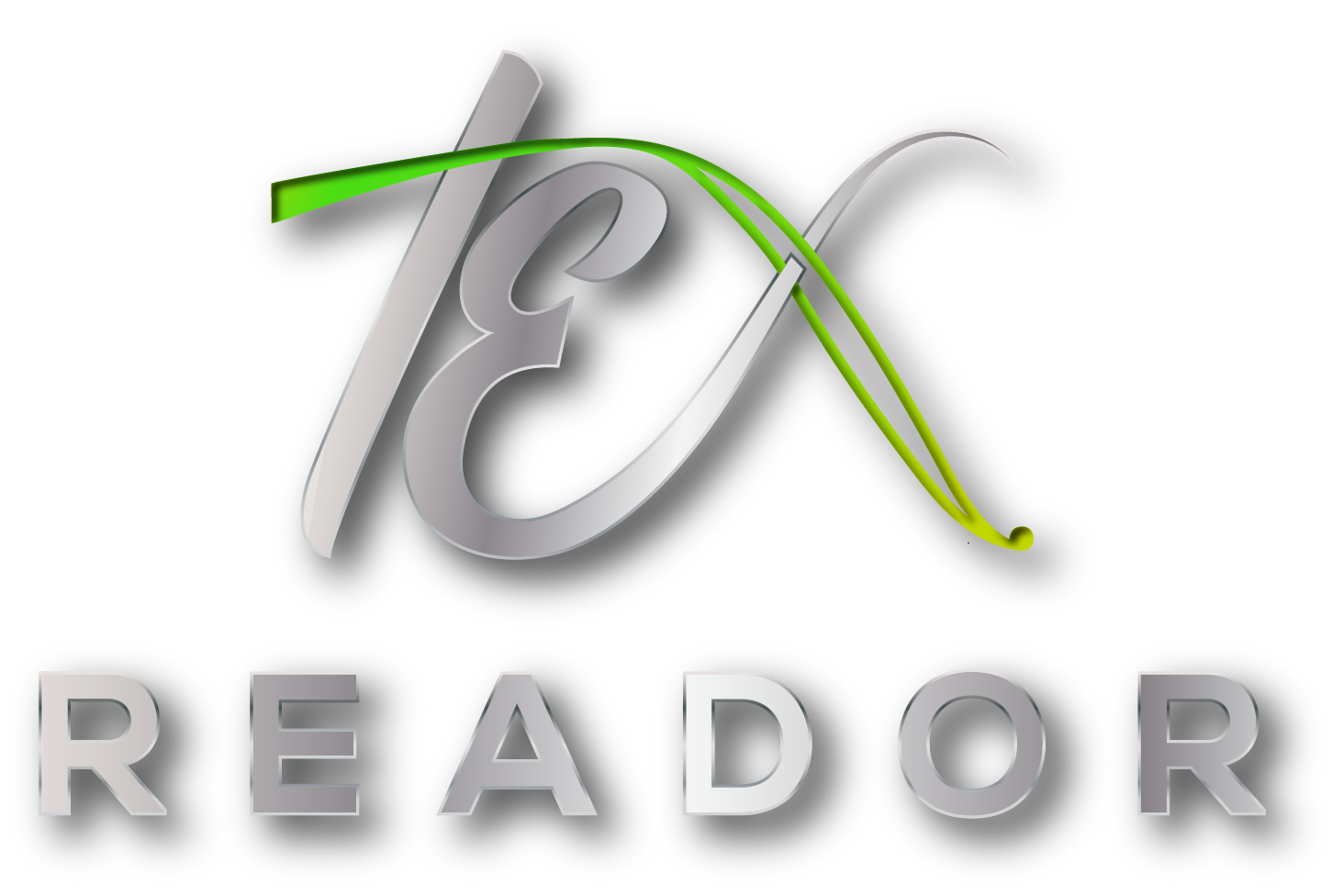I was never very good at earth sciences – or any science for that matter – but the shape of the earth as it relates to global sourcing and who is making what where is something I’ve always been interested in.

And what’s happening most recently where the home textiles industry gets its products is pretty fascinating…and pretty unprecedented, too. It’s why this month at the New York Home Fashions Market there will be an awful lot of discussion about countries of origin, product provenance and where in the world all this stuff is coming from. Bring your maps…printed, digital or otherwise.
A few basics here. First: China, India and Pakistan remain the breadbasket – or at least the sheet-and-towel basket – for the American market. There have certainly been some market share shifts the past two or three years as some sourcing has moved out of China for political, social and cost reasons and gone elsewhere, but it remains the biggest player in the game. India and Pakistan are both gaining share, particularly the former, and are each nicely poised to continue to do so.
But it’s around the rest of the world that we’re seeing some big shifts. Let’s start with back home in the U.S. We know what’s made domestically is still mostly in the cut-and-sew end of the production cycle and that’s especially so with the recent news that 1888 Mills was shutting down its towel mill in Georgia. It was a fine facility, certainly nowhere in scale to the big mills of the good old days of American manufacturing. But it was efficient and as its main output went to a Made-in-the-USA program at Walmart, it had a good business model. Not good enough, it turned out, to make it financially viable for 1888 and its Pakistani partner company.

I know I was among those leading the applause when this plant opened a decade or so ago, and while there remain some scattered manufacturing facilities left in the country – Standard being the most prominent – the 1888 closing truly proves how difficult the domestic manufacturing model is.
Coming along almost simultaneously is the whole nearshoring movement that seems to offer a viable alternative to ocean-based supply chains. Mexico is the most intriguing of these and there’s great interest – and curiosity – in an initiative that the Dallas Market Center organizing. The sourcing show later this year at its Texas facility will showcase vetted factories from Latin America that want to sell into the U.S. It looks like these will mostly be in hard goods, but we know there are Mexican and other resources that make soft home products, so they could be part of the mix.
Article sourse: https://www.hometextilestoday.com/

